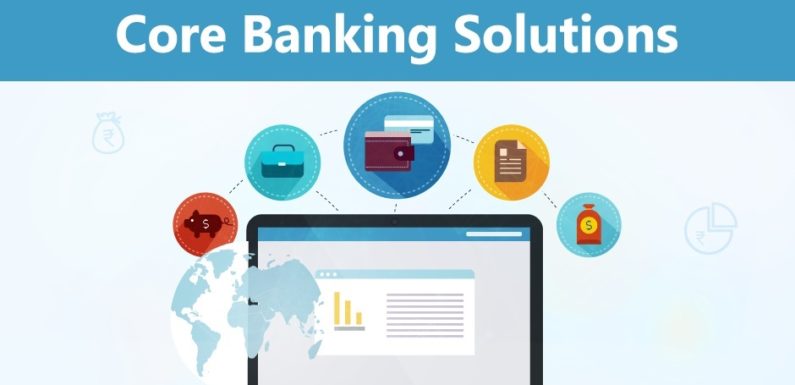
Would you prefer going to a bank branch every time you have a transaction to make? The answer is a resounding no. Core banking solutions have changed the face of the banking sector. It has done away with the limitations of geography and has enabled banking services to be available to customers irrespective of the branch they visit. Digitisation is the bedrock on which solutions are now provided.
Core surprisingly is an acronym for ‘Centralised Online Real-Time Exchange’. Services such as management of deposits and savings are some of the basic ones offered by them. But there are a few more features that must be taken into consideration to opt for a particular bank’s core banking.
Multi-device operations
The first of these features is multi-device operations. Information technology has made everything possible at the click of a button. Not having to go to just one branch is one step forward but merging net banking with core banking is the need of the hour.
At a time when every customer has a smartphone, it is the next obvious step for banks to reduce the footfalls at their branches altogether. Not only will banks save operational costs, but also provide a smooth sailing experience to their patrons. Accounts must be available on multiple devices such as laptops, tablets, and phones.
Customer interface
Customer interface must be kept to a minimum. Apart from these technological additions, the bank must also provide cheque truncation services. Cheque truncation is a system enforced by the RBI in which the cheque need not be delivered to the drawee bank. Instead, its magnetic chip is scanned, and the money is transferred electronically.
Treasury management
If you are a conglomerate or a business, then treasury management is another feature one must look out for. Treasury management is the management of the assets of an enterprise. The management entails an assessment of the liquidity and financial risks of the company. Although banks prioritise this sector, for Small and medium enterprise who do not have significant holdings, such a Core Banking Software can meet their customised needs.
Core banking flexibility
Core banking’s primary feature is allowing flexibility to anyone who wishes to access their banking information from anymore. But do these services include overseas transactions and needs? Yes, they do, and hence customers should only choose those banking solutions that offer multiple currency options. This means that an option of base currencies and additional currencies must be available.
Along with this, balance sheets must also be provided in all the chosen currencies. This feature is helpful to those with frequent foreign travel and streamlines their foreign exchange needs. The bank must have an active customer relationship management. Keeping the customer at ease should be a priority for the bank. It improves the profitability of the bank since more money is brought in by new and happy customers.
In the end
Core banking is nothing short of improving customer experiences and ensuring smoother backend operations for the financial institution. It is a prerequisite in today’s times where fast and scalable solutions are required to keep up with the changing industry trends.

